Correlation between power factor and efficiency of asynchronous motor
The power factor is an important performance indicator of the motor. The power factor of an asynchronous motor is a measure of the proportion of the active power actually consumed in the apparent power input of the asynchronous motor. Its value is the ratio of the input active power P1 to the apparent power S, and is expressed by cosϕ.
The asynchronous motor can be regarded as a hard impedance relative to the power supply, and must absorb reactive power from the power grid. When the motor is in a no-load state, the stator current of the motor is almost all excitation current, and the power factor at this time is very low. As the motor load increases, the rotor current and stator current are increasing, and the active components of the stator current and rotor current are increasing, so the corresponding power factor is also increasing. When the motor load reaches the rated load, the power factor of the motor also reaches its maximum value. Therefore, in the process of motor selection, the matching of a big horse pulling a small cart cannot achieve the motor working at an ideal power factor.
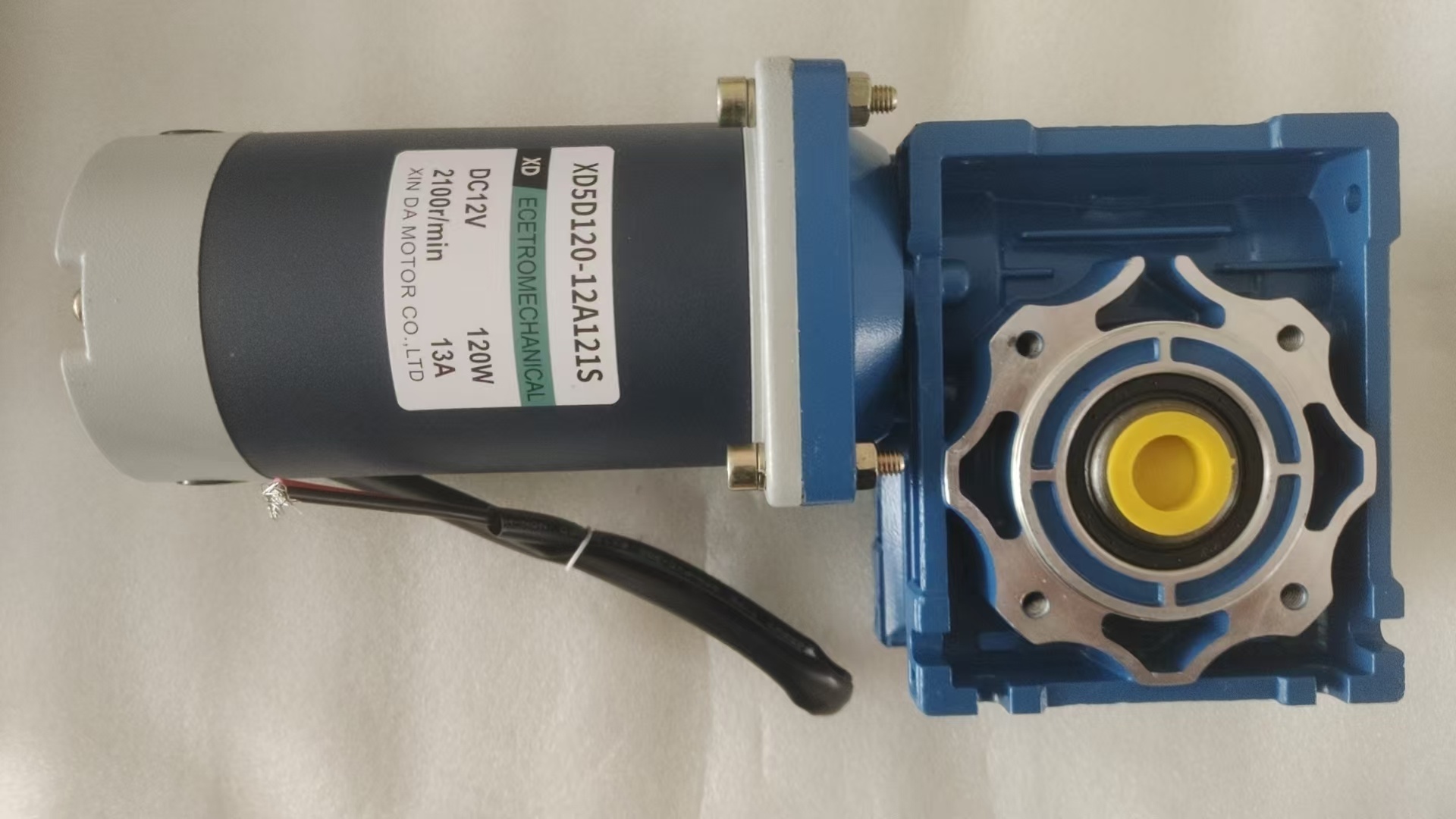
When the motor reaches the rated load, if the load continues to increase, it means that the motor is in an overloaded state. At this time, the motor speed will decrease and the corresponding slip rate will increase, causing the motor power factor to decrease. Naturally, it is not cost-effective and there is a risk of endangering the service life of the motor.
From the perspective of motor application, motor users care more about the efficiency of the motor. In order to intuitively express the efficiency change characteristics of the motor, the motor efficiency formula (1) is introduced.
Formula (1) shows two forms of obtaining and expressing motor efficiency. The losses in the motor can be divided into two types according to their energy properties, namely constant and variable. Among the losses, iron loss (P Fe ) and mechanical loss (P ω ) are relatively constant, while stator and rotor copper loss (P cu1 and P cu2 ) and stray loss (P s ) are variable. As the motor output power increases, the variable loss also increases, but the increase rate is relatively slow relative to the output power. According to the correlation relationship in formula (1), the motor efficiency shows an upward trend. When the variable loss is in a constant state, the motor efficiency also reaches the best state, that is, the efficiency is the maximum value. However, when the motor load continues to increase, the variable loss of the motor will increase again, and the increase amplitude will become larger, resulting in a deterioration in the motor efficiency. Therefore, in the matching process of the motor, it should be ensured that the motor has the highest operating efficiency at about 70% of its rated load. In comparison, the larger the capacity of the motor, the higher the corresponding efficiency.



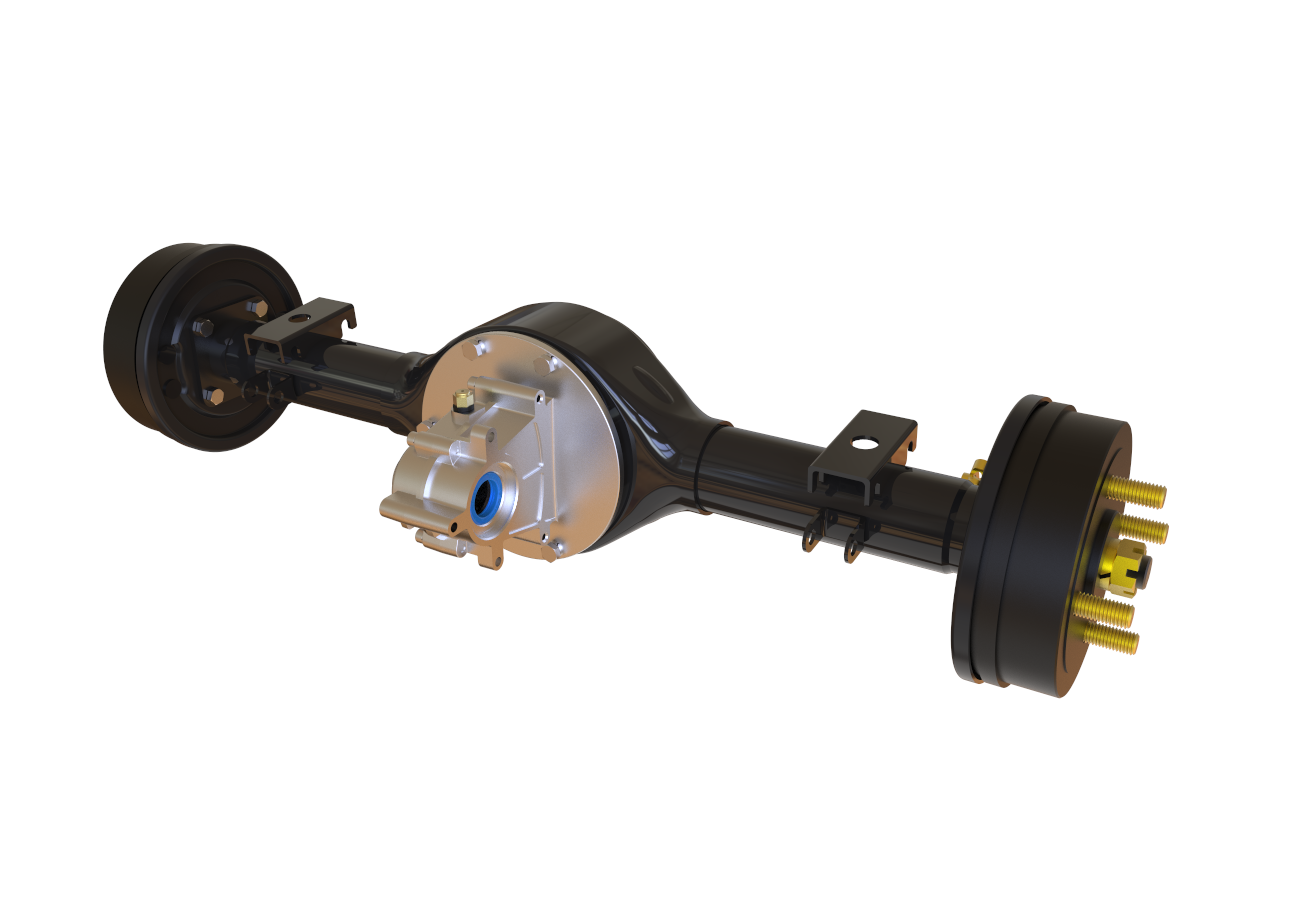


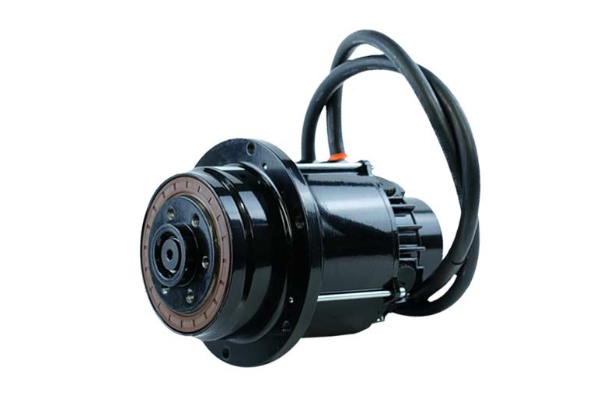
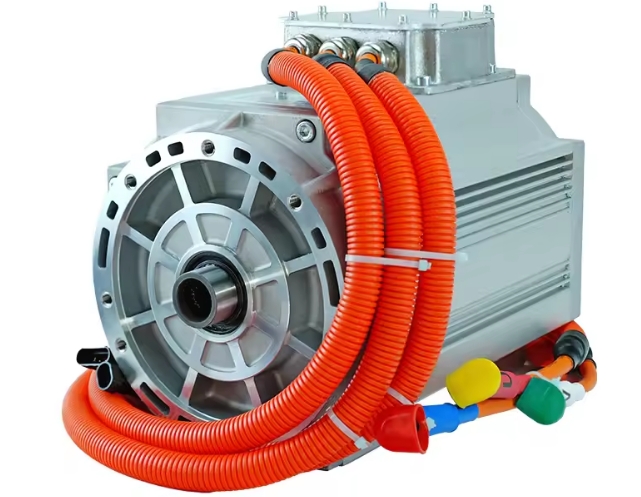
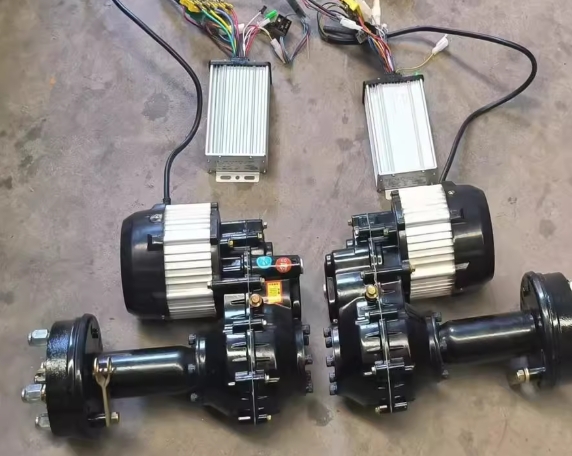
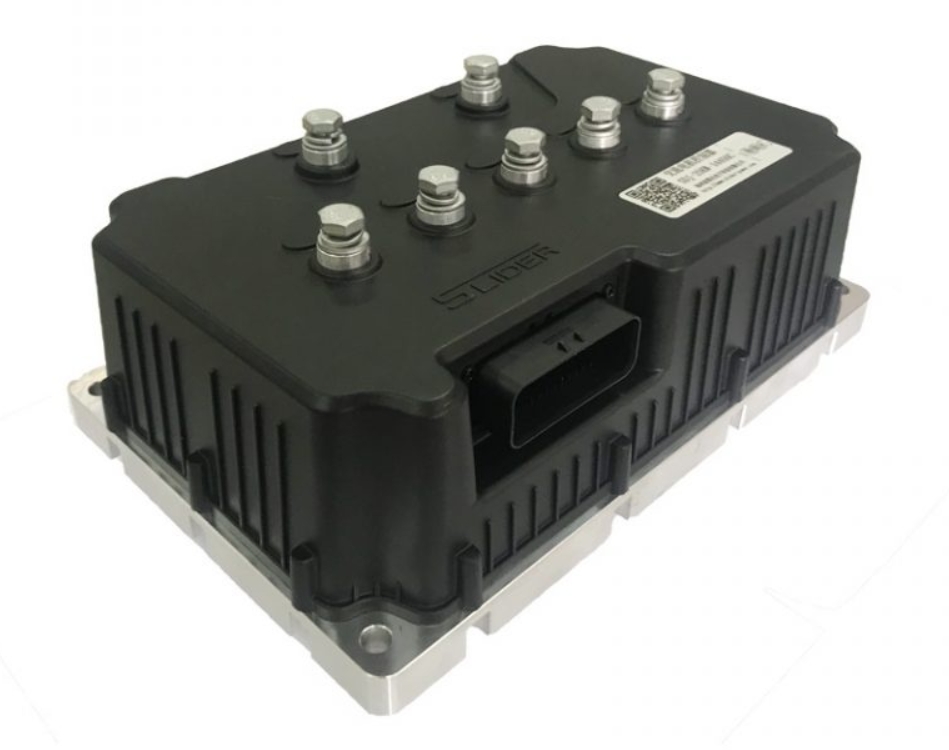

















 XINDA
XINDA